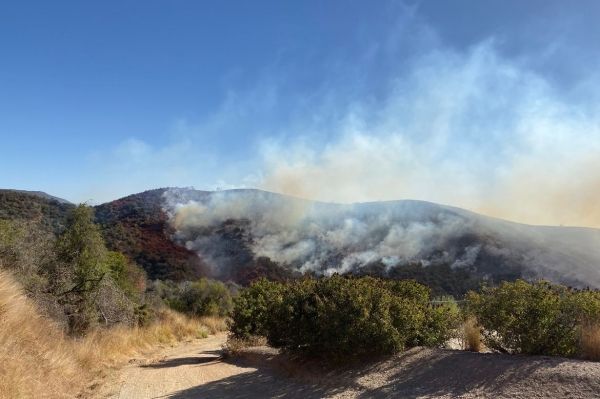The wildfires raging throughout California — the Getty fire in Los Angeles and the Kincade fire in Northern California among the most recent ones — have caused great concern about air quality and the safety of being outdoors. The health risks aren’t limited to those in close proximity to the fires. People also can be at risk in surrounding areas, even if smoke or ash isn’t visible, or when there’s no obvious smell of smoke.
Dr. Eric Kleerup, a pulmonologist at the David Geffen School of Medicine at UCLA, explains how wildfires affect air quality and what precautions people can take to limit exposure to smoke and other fire-generated toxins in the air.
How do you know if the wildfires are making you sick?
It’s difficult to measure an individual’s exposure to smoke and know how much exposure can create a health problem. But, in general, minimal exposure to wildfires — such as experiencing a fire once a year — is not enough to cause long-term health damage.
However, there are some symptoms from exposure to smoke and particulate matter — the tiny pollutants that get stirred up in a fire and irritate the lungs — that can affect one’s health in the short term, including irritated eyes, a runny nose, shortness of breath and a scratchy throat.
Continue reading at University of California Los Angeles
Image via University of California Los Angeles


